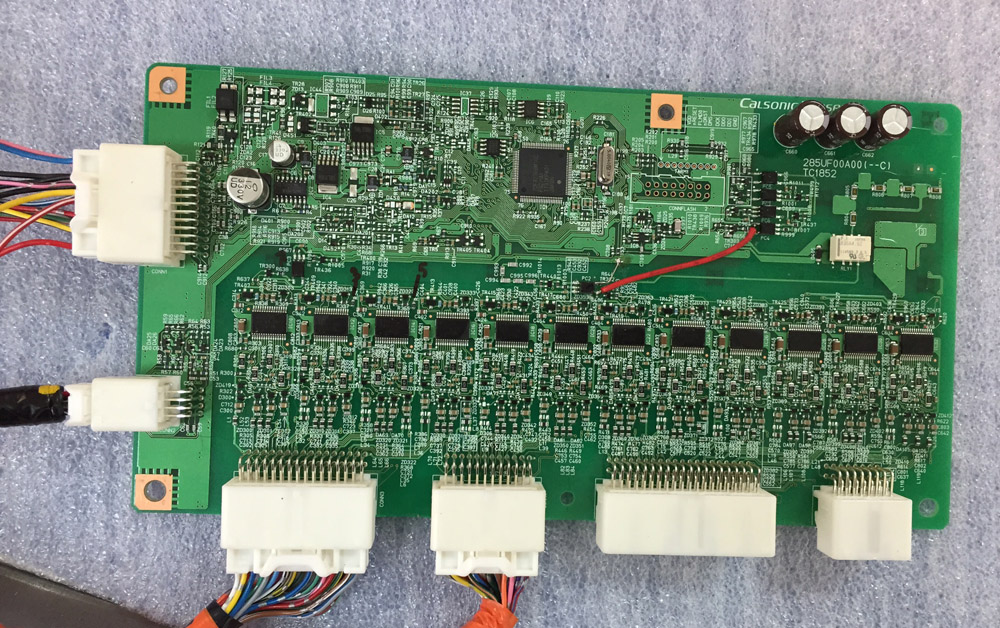Hx as a percentage has never made any sense to me.
Is it conductance? Is it internal resistance? If so why not call it by what it is?
That is why i traced the schematic to try to figure out what in the hell it was doing and trying to measure. Still don't know but i'm searching patents too.
Is it conductance? Is it internal resistance? If so why not call it by what it is?
That is why i traced the schematic to try to figure out what in the hell it was doing and trying to measure. Still don't know but i'm searching patents too.



